Consumers tap credit cards, loans to manage inflation: Fed report
Payments Dive
AUGUST 26, 2024
Gen Z and millennials were the age groups most likely to use loans and credit cards to respond to higher prices, a Federal Reserve research report said.
This site uses cookies to improve your experience. To help us insure we adhere to various privacy regulations, please select your country/region of residence. If you do not select a country, we will assume you are from the United States. Select your Cookie Settings or view our Privacy Policy and Terms of Use.
Cookies and similar technologies are used on this website for proper function of the website, for tracking performance analytics and for marketing purposes. We and some of our third-party providers may use cookie data for various purposes. Please review the cookie settings below and choose your preference.
Used for the proper function of the website
Used for monitoring website traffic and interactions
Cookies and similar technologies are used on this website for proper function of the website, for tracking performance analytics and for marketing purposes. We and some of our third-party providers may use cookie data for various purposes. Please review the cookie settings below and choose your preference.

Payments Dive
AUGUST 26, 2024
Gen Z and millennials were the age groups most likely to use loans and credit cards to respond to higher prices, a Federal Reserve research report said.

Payments Dive
NOVEMBER 8, 2023
Nearly 3% of millennials are newly delinquent as of the third quarter this year, slightly up from 2.5% in Q3 2019, according to a report from the Federal Reserve Bank of New York.
This site is protected by reCAPTCHA and the Google Privacy Policy and Terms of Service apply.

PYMNTS
DECEMBER 10, 2020
It has been suggested that millennials are averse to having and using credit cards. Millennials are in fact as likely as other generations to have credit cards, with nearly nine out of 10 having at least one card, according to PYMNTS’ latest research. PYMNTS research shows 11.5

PYMNTS
MARCH 6, 2020
San Francisco-based Empower Finance, a mobile banking app aimed at helping millennials save wealth, has raised $20 million in a Series A funding round led by Defy Ventures and Icon Ventures, according to a report. The Founder and CEO of Nubank David Velez also participated in the funding round. It offers a savings account with a 1.6
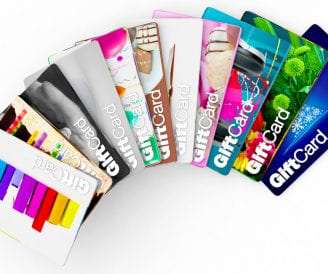
PYMNTS
DECEMBER 11, 2020
Mao, whose company provides solutions for payments, prepaid cards and gift cards, said the only way for merchants to go is forward, because going back isn’t an option. Digital Gift Cards ’ Growth. For instance, people are simply directing more spend at gift cards this holiday season. Not All ‘Gift’ Cards Are Gifts .

PYMNTS
MAY 22, 2020
There is a growing list of things millennials have seemingly been blamed for rendering obsolete, such as cocktail napkins, casual dining and expensive engagement rings. These are among the key conclusions of Delivering Cardholder Customer Service Report , a collaboration with Elan , for which PYMNTS surveyed of 2,078 U.S.
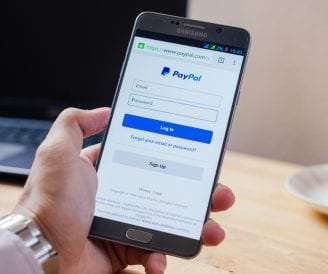
PYMNTS
DECEMBER 15, 2020
PYMNTS’ December 2020 Buy Now, Pay Later Report , a collaboration with PayPal , examines the explosion in BNPL’s popularity, starting with a certain consumer group we all know and love. consumers, the new Buy Now, Pay Later Report is an instructive immersion into the levers that control installment commerce today.
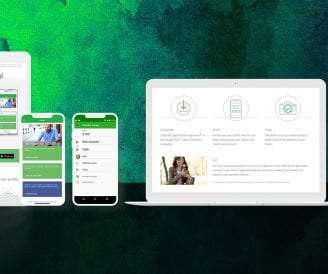
PYMNTS
AUGUST 10, 2020
The funds can then be deposited into any type of account, including a bank account, prepaid card or digital wallet. Only 13 percent of consumers and 8 percent of microbusinesses get their money through an instant payment to a debit card, credit card, digital wallet or prepaid card. We surveyed more than 5,000 U.S.
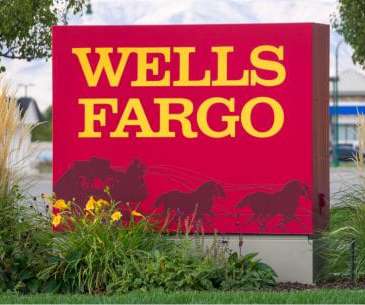
PYMNTS
JULY 15, 2020
Users can also choose how much to deposit in their “Spending Account,” which is connected to a debit card that they can use for everyday purchases. Millennial-Banking Apps Are Struggling. If there isn’t, look for more banks to discontinue their millennial-focused apps. For instance, J.P.

Bank Innovation
OCTOBER 1, 2018
A new report shows that millennials use Venmo more than they use ATMs as if there was any doubt that to this audience an app like Venmo is a prime method of payment. Rubiix, a social spending app that distributes advertising revenue among its users, released a report Friday showing ATM transactions among millennials have […].
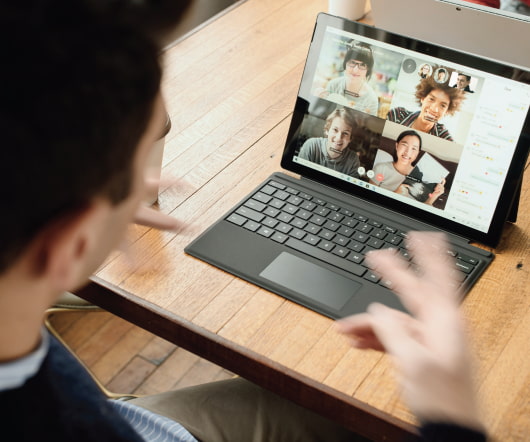
PYMNTS
OCTOBER 27, 2016
26) new research that revealed over six out of 10 millennials declined for credit are not seen applying again for at least 12 months. A frequently referenced Bankrate.com study reported that 63 percent of millennials do not have a credit card. Fewer than half of millennials, the largest generation of U.S.
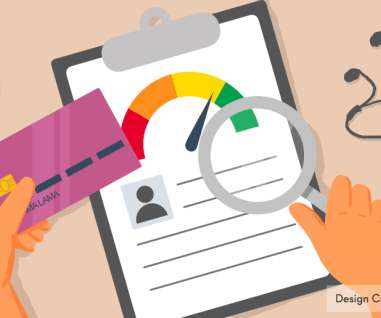
BankBazaar
NOVEMBER 29, 2019
While millennials are borrowing more than pre-millennials and post-millennials, they are still conscious about how much debt they are taking up…. Did you know that India’s millennials fall in the biggest borrowers’ category within the country? This is higher than the average score of non-millennials, which is 734.
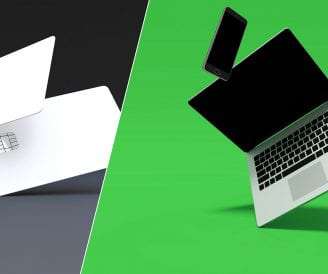
PYMNTS
AUGUST 10, 2020
In fact, just 13 percent of the latter and 8 percent of the former say they receive their funds through instant payments to debit cards, credit cards, prepaid cards or digital wallets. To learn more about how offering instant disbursements can help firms close the payout choice gap, download the Report.

Gonzobanker
OCTOBER 17, 2024
Six in 10 Gen Zers and millennials, half of Gen Xers, and a third of baby boomers said they’ve received recommendations for at least one of eight financial products. Credit cards and checking accounts—cited by 26% and 23% of respondents, respectively—were the products most frequently asked about. from millennials and 3.9

PYMNTS
OCTOBER 5, 2018
The stated goal, according to new CEO Jim Brett – is for the brand to build back its audience particularly among millennial shoppers. And as Karen Webster noted in a commentary on the rise of the Bridge Millennials – and what it will mean – merchants are not wrong to be a little obsessed with this group of consumers. “We
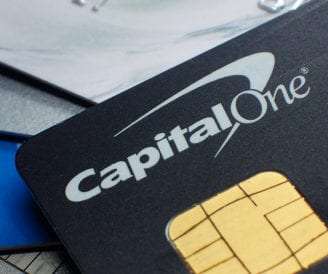
PYMNTS
DECEMBER 7, 2020
Capital One Financial Corp (CapOne) is putting a stop to buy now, pay later (BNPL) transactions on its credit cards, calling the dealings “risky,” Reuters reported on Monday (Dec. Customers who use their debit cards or checking accounts can still make BNPL payments, the CapOne spokeswoman said.

Bank Innovation
OCTOBER 28, 2016
Turns out even millennials don’t care that much about mobile payments. According to a report presented by the tech consultancy Accenture at Money20/20, the number of those of us in North America who use our mobile phones to pay at the point of sale hasn’t changed in the slightest since last year, Read More.

PYMNTS
OCTOBER 5, 2018
The stated goal, according to new CEO Jim Brett, is for the brand to build back its audience, particularly among millennial shoppers. And, as Karen Webster noted in a commentary on the rise of the bridge millennials – and what it will mean – merchants are not wrong to be a little obsessed with this group of consumers. “We
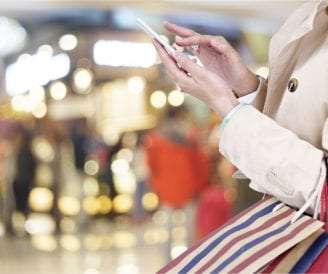
PYMNTS
NOVEMBER 5, 2020
Noting the ways COVID has permanently changed retailing, CNBC recently reported , “As more and more stores go dark at the mall, some major retail executives are looking to grow outside of it — a tactic they hadn’t touted so publicly before. And as compelling as the current eCommerce expansion is, counting out stores is a big miscalculation.
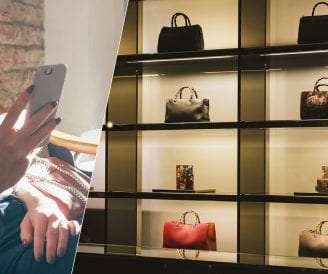
PYMNTS
SEPTEMBER 30, 2020
Luxury retailers are also targeting millennial and Generation Z consumers to expand their customer bases, with one report showing that millennials accounted for 35 percent of high-end retail purchases, for example. Around The Buy Now, Pay Later World. billion this year — almost double last year’s total. About The Tracker .
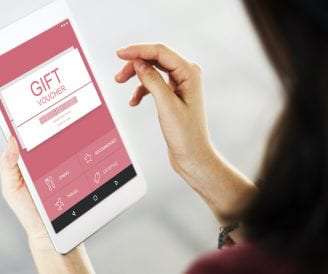
PYMNTS
DECEMBER 7, 2020
End-to-end gift card platform Qwikcilver has launched its Woohoo virtual gift card store on the Google Pay Spot Platform to enable users in India to buy and send virtual gift cards in real time, the United News of India reported on Monday (Dec. The more upscale the restaurant, the greater the decline.

PYMNTS
AUGUST 25, 2019
The fashionistas posting on Facebook have the attention of Kohl’s , which is looking to create a curated clothing line based on the brands people are wearing most, the Motley Fool reported Sunday (Aug. Kohl’s is teaming up with the social media giant to uncover emerging brands that millennial shoppers consider cool.
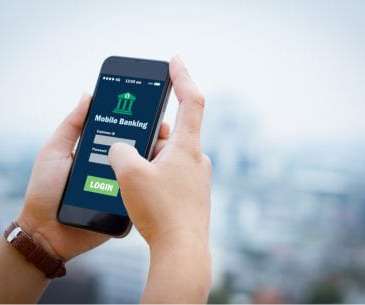
PYMNTS
MARCH 18, 2020
According to Building A Better App: Banks And The Innovation Imperative , a report co-produced by PYMNTS and Ondot , almost a quarter, or 24.3 percent, of consumers reported they would be highly likely to seek banking services with Amazon , Apple or Google — while another 23.5 percent indicated they would be at least somewhat likely.

PYMNTS
MAY 23, 2019
Zero, a company that aims to modernize credit cards for the millennial generation, has raised $20 million in a Series A funding round, according to a report. The company plans to market its card to credit-wary millennials who want to avoid getting into a deep debt cycle, but who also want the incentives of owning a credit card.

PYMNTS
FEBRUARY 25, 2020
As the report states, “We … find that a significant share of consumers are willing to bank with the institutions — financial or otherwise — that offer them the best spending and money management tools.”. Mobile Cards: Make or Break? The highest interest is among “bridge millennials” whose card spend averages $40,000 annually.
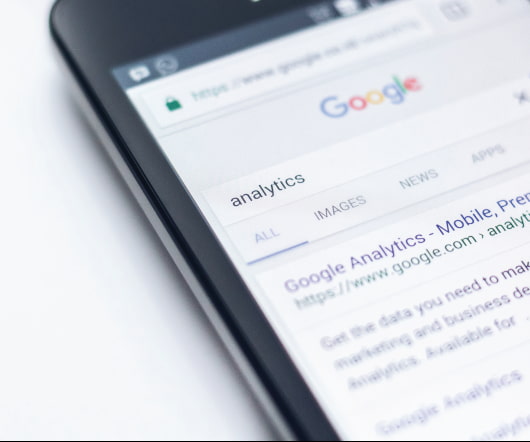
PYMNTS
NOVEMBER 27, 2018
Convenience store operators would be wise to pay close attention to the purchasing habits of a certain subset of consumer: the Bridge Millennial — the first generation of connected consumers with spending power. Building A Better Bridge Millennial Gas App. percent), credit cards (11.1 So what do BMs want from a gas app?

PYMNTS
APRIL 5, 2019
In the latest staff report from the New York Federal Reserve , titled “Trends in Household Debt and Credit,” it is noted that one of the features of debt is that it can “provide access to assets.”. Against this backdrop, we find, then, that millennials do not embrace credit cards as readily as other groups of users.

PYMNTS
DECEMBER 24, 2019
However, after almost 50 years, it began to fade in the 1980s, disrupted by the emergence of store-branded credit cards. Yet, instead of offering the option to pay now and buy later, the credit cards reversed the order of operation and allowed customers to buy now and pay later over time. That’s not all.
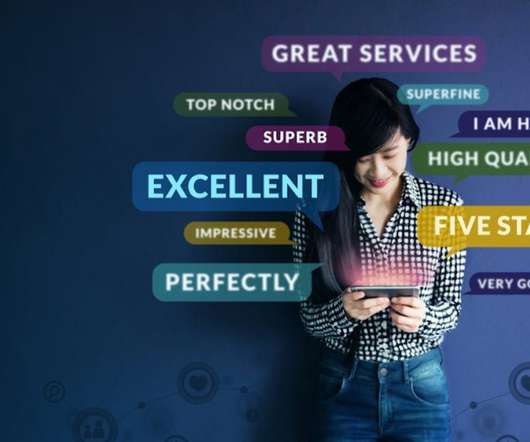
PYMNTS
JANUARY 1, 2021
PYMNTS has tracked those changes every step of the way via exclusive research , Tracker reports and studies, starting on March 6, a full 10 days before the country – or large swaths of it – were locked down. For the purposes of this exercise, we’re going to describe the “typical” grocery shopper – a bridge millennial, a 36-year-old mom of 1.93

PYMNTS
MAY 26, 2017
Small businesses that ignore next-generation payments technologies like invisible payments or cryptocurrencies are losing out big time, but new research suggests that tens of thousands of dollars are lost by SMEs because they aren’t even accepting cards. Analysis from Expert Market found that some small businesses in the U.K.
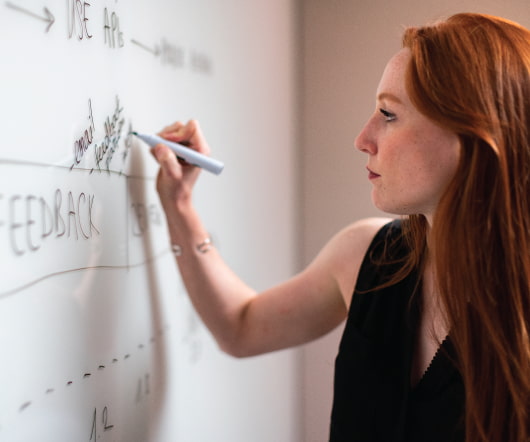
PYMNTS
DECEMBER 19, 2016
While they enjoy many FinTech innovations, most millennials don’t have a snowball’s chance of earning more than their parents — ever. It’s one thing for the millennial offspring of the billionaire hedge-fund scions to fall short of making a billion because they only manage to pull down $760 million a year. It’s a fact. population.
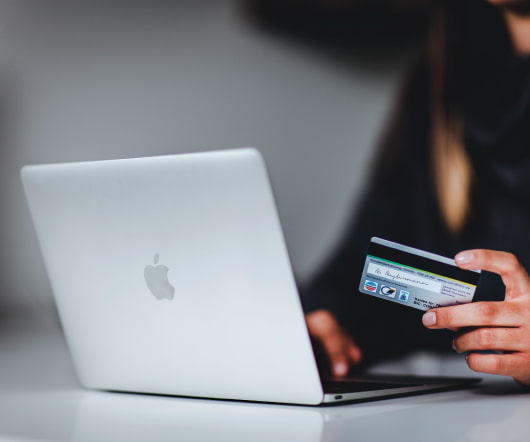
PYMNTS
DECEMBER 6, 2016
Shortly after rolling out this summer in Canada, Drop, the mobile app that gives users rewards and access to loyalty programs, has more than 70,000 millennials as customers. Using a credit card earns the customers double points. “We think millennials — some call them lazy — but they want seamless experiences.”

PYMNTS
DECEMBER 24, 2020
Millennials have shown remarkable interest in these solutions, which allow consumers to finance purchases with specific terms when they check out online. Millennials lead in the early adoption of BNPL, especially older “ bridge millennials ,” or those aged 32 to 41 who tend to have more purchasing power than their younger counterparts.
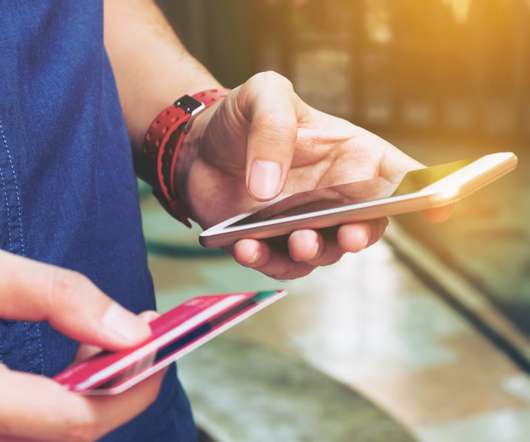
PYMNTS
DECEMBER 11, 2019
adults to possess a credit card , so the warp-speed adoption of mobile card apps has been a comparative blur. In surveying mobile card app usage for the December 2019 Bridging the Gap: Mobile Card App Adoption Report , PYMNTS found a vibrant, growing payments ecosystem. It took 70 years for a majority of U.S.

PYMNTS
SEPTEMBER 23, 2016
Americans are carrying more debt than ever before and paying some of the highest credit card rates every recorded, according to new data. The national average annual percentage rate (APR) for credit card debt is 15.22 percent, according to CreditCards.com’s weekly Credit Card Rate Report. Credit card balances rose 3.4
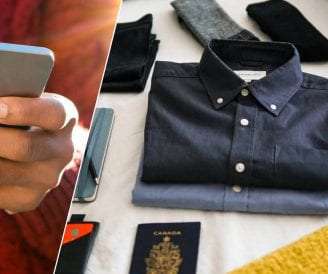
PYMNTS
DECEMBER 2, 2020
Recent research by PYMNTS and Afterpay found that millennials are especially enthusiastic about these flexible payment options, and prefer them more than any other generation. percent of millennials report being financially stable, compared to 79 percent of non-millennial consumers. In fact, only 20.7
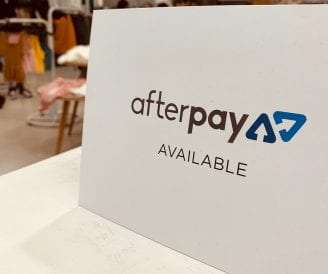
PYMNTS
DECEMBER 14, 2020
After Capital One’s decision this week to halt future credit card linkage to BNPL plans because of concerns that they carry risks consumers don’t understand, Molnar said the mandate will not hurt Afterpay. Ninety percent of our transactions are paid with a debit card, not a credit card,” Molnar said. million U.S.

PYMNTS
MAY 5, 2020
trillion, according to a CNBC report that cited the New York Federal Reserve. However, credit card balances have dropped compared to before the coronavirus pandemic. That decrease in credit card balances comes even as the credit limits have been increased by $34 billion, leaving $3 trillion available in credit card lines.
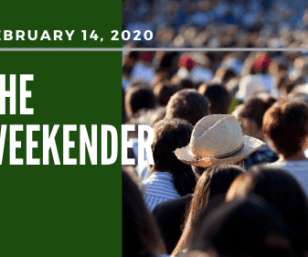
PYMNTS
FEBRUARY 14, 2020
11 to set up a bank card clearing business, providing it with access to a $27 trillion payments market. The People’s Bank of China said it has approved an application by Mastercard’s Chinese joint venture to run a bank card clearing business in the nation. Uber reported its earnings last week. Trackers and Reports.
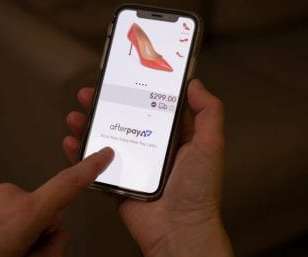
PYMNTS
JULY 23, 2020
The release says the new program is meant to incentivize those who make payments on time and “choose to spend responsibly,” praising young people in the millennial and Gen-Z population who have made the choice to use debit cards and pay on time, “yet their responsible decision of spending their own money is not rewarded.”.

PYMNTS
OCTOBER 8, 2018
Sixty-one percent of small businesses said they use commercial credit cards , a year-over-year decrease from 2017’s 71 percent. At the same time, more than two-fifths of survey respondents agreed that cash flow management is a daily concern, while more millennials said it’s a concern compared to their older peers.

BankBazaar
JANUARY 9, 2020
Let’s take stock of the key insights garnered from the Moneymood 2020 report presented by BankBazaar. BankBazaar , India’s leading online marketplace for financial products has launched the second edition of the BankBazaar Moneymood ® 2020 report. have fared in the last year. lakh) and men (Rs. lakh) was low.

PYMNTS
APRIL 16, 2019
Mastercard has moved into point-of-sale financing with the acquisition of Vyze, a FinTech firm the payment card network calls an “an end-to-end platform that facilitates financing options for merchants’ customers at checkout.”. As well, Bankrate has estimated that roughly 33 percent of millennials have cards.

PYMNTS
OCTOBER 22, 2018
People of all stripes — from millennials to baby boomers, from Generation X to the Greatest Generation — are increasingly swapping the friction of shopping in a store for the convenience of using one of the many connected devices they now own to shop and buy from instead. And, boy, have things changed.
Expert insights. Personalized for you.
We have resent the email to
Are you sure you want to cancel your subscriptions?


Let's personalize your content